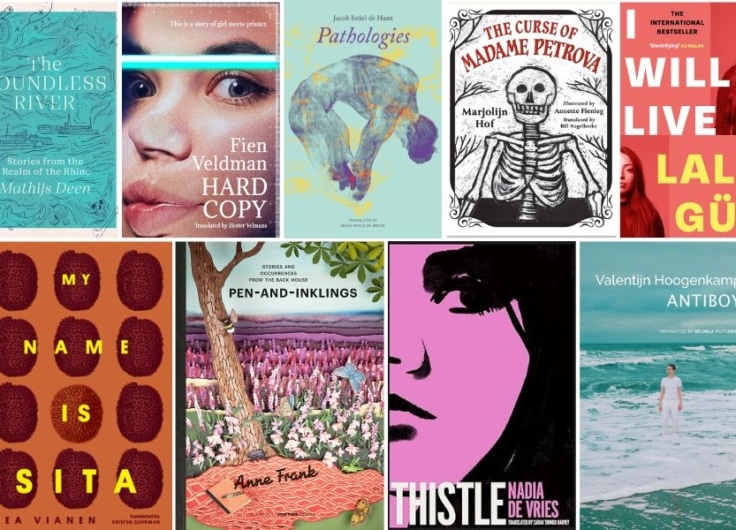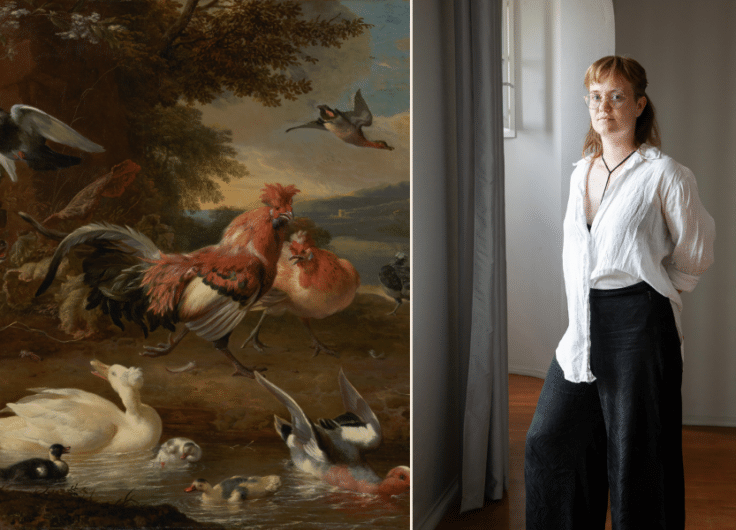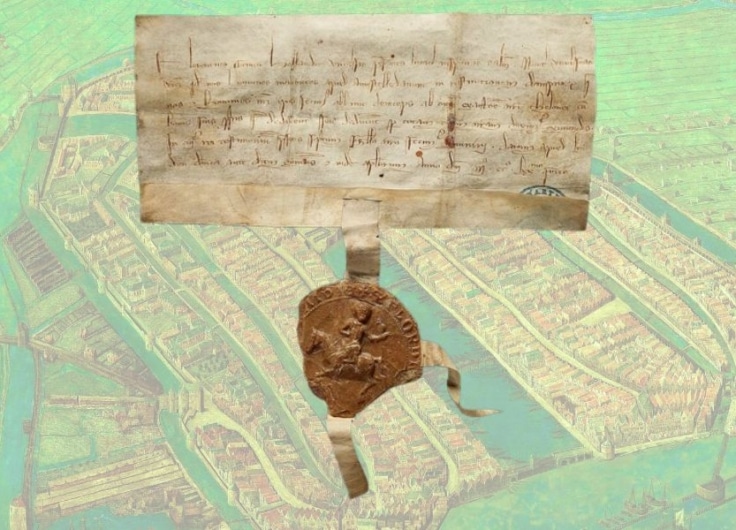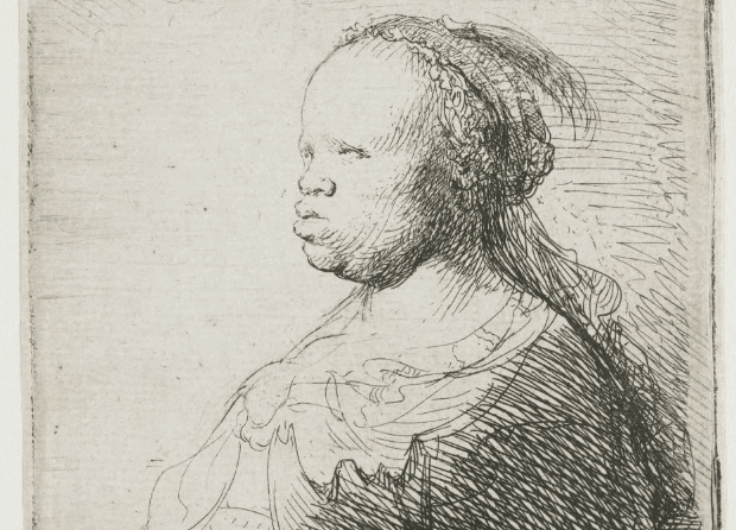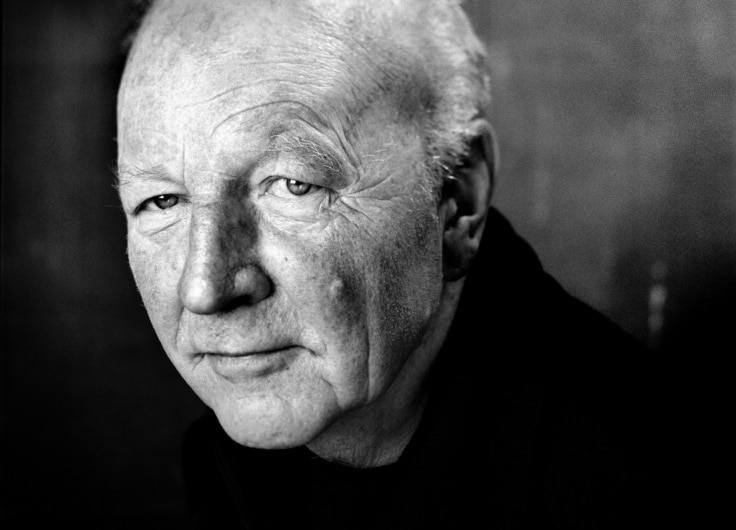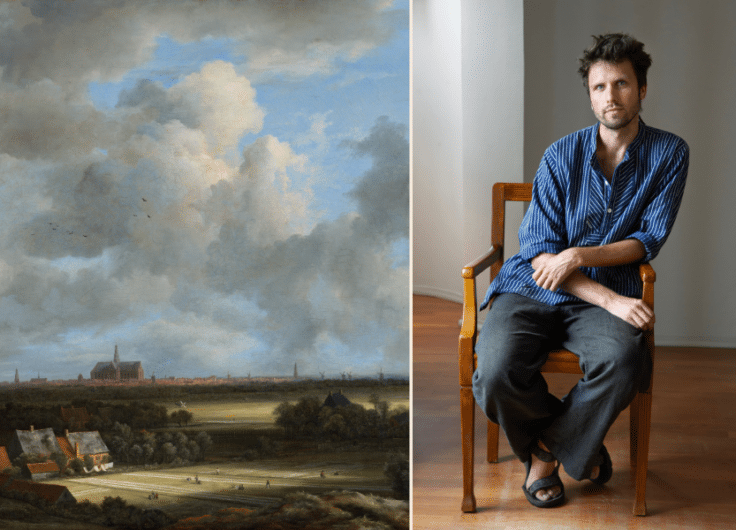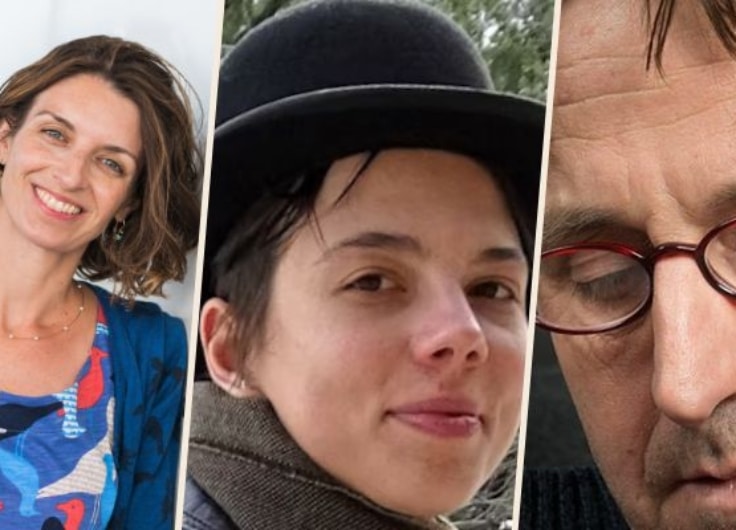Jan Hendrik Scheltema, a Dutch Impressionist in Australia
An art venue near Melbourne has recently been donated works of painter Jan Hendrik Scheltema (1861-1941). During his life, the Dutch-Australian impressionist gained a reputation as a masterly painter of pastoral scenes. An exhibition showcases a wide variety of his livestock landscapes, together with portraits and interior scenes.
 Ds. Carel Steven Adama van Scheltema, portrait by Jan Hendrik Scheltema, 1888, Amsterdam Museum
Ds. Carel Steven Adama van Scheltema, portrait by Jan Hendrik Scheltema, 1888, Amsterdam Museum© Wikipedia
Until recently little was remembered about Jan Hendrik Scheltema whose paintings are still found in galleries and private collections all over the world. Scheltema was born in 1861 in The Hague. From 1880 to 1884, he was granted a scholarship from King William III. It enabled him to study at the Art Academies in The Hague and Antwerp after which he mainly painted figures and portraits.
Painting livestock
In 1888, Scheltema moved to Australia, where he realised that portrait painting could not provide him with a living. He turned to rural landscapes and began painting cows, horses and sheep in a landscape – the “livestock in the foreground” genre for which he became known. Almost a thousand paintings in this genre are known of him.
Scheltema sent home sketches and paintings to his family illustrating his life and the Australian landscape which were so very different from The Netherlands.
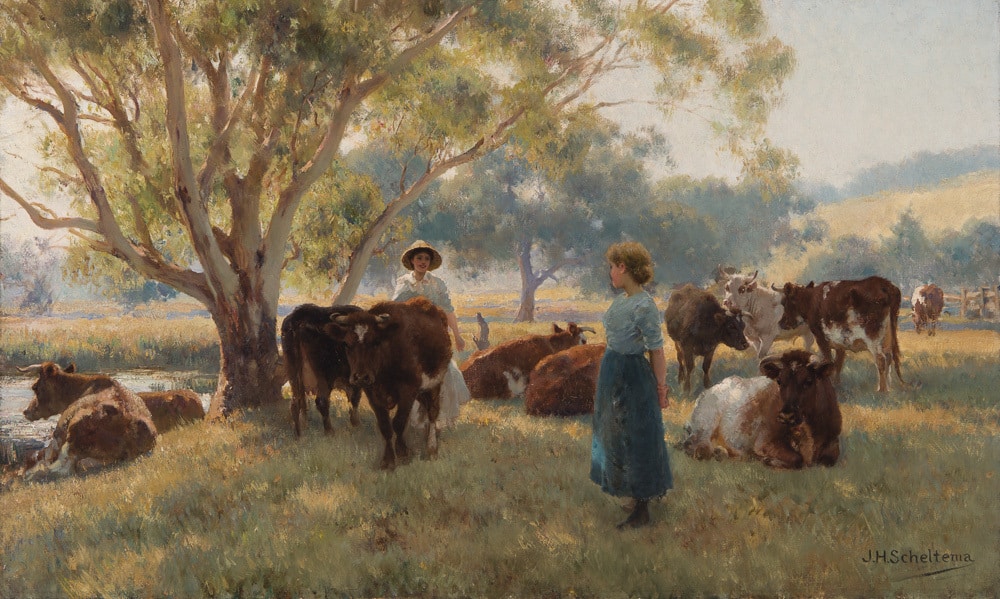 Jan Hendrik Scheltema, Early Morning start, ca. 1895, Gippsland Art Gallery, Sale
Jan Hendrik Scheltema, Early Morning start, ca. 1895, Gippsland Art Gallery, Sale© Gippsland Art Gallery
Australian citizen
Scheltema travelled and painted in Europe again, in 1898-1899 and in 1909-1911. On return paintings from these trips were exhibited successfully. On the 1911 exhibition, 72 of his 88 paintings were sold.
Scheltema remained in Melbourne where he also taught painting and drawing. He became an Australian citizen in 1935 and died in Brisbane in 1941.
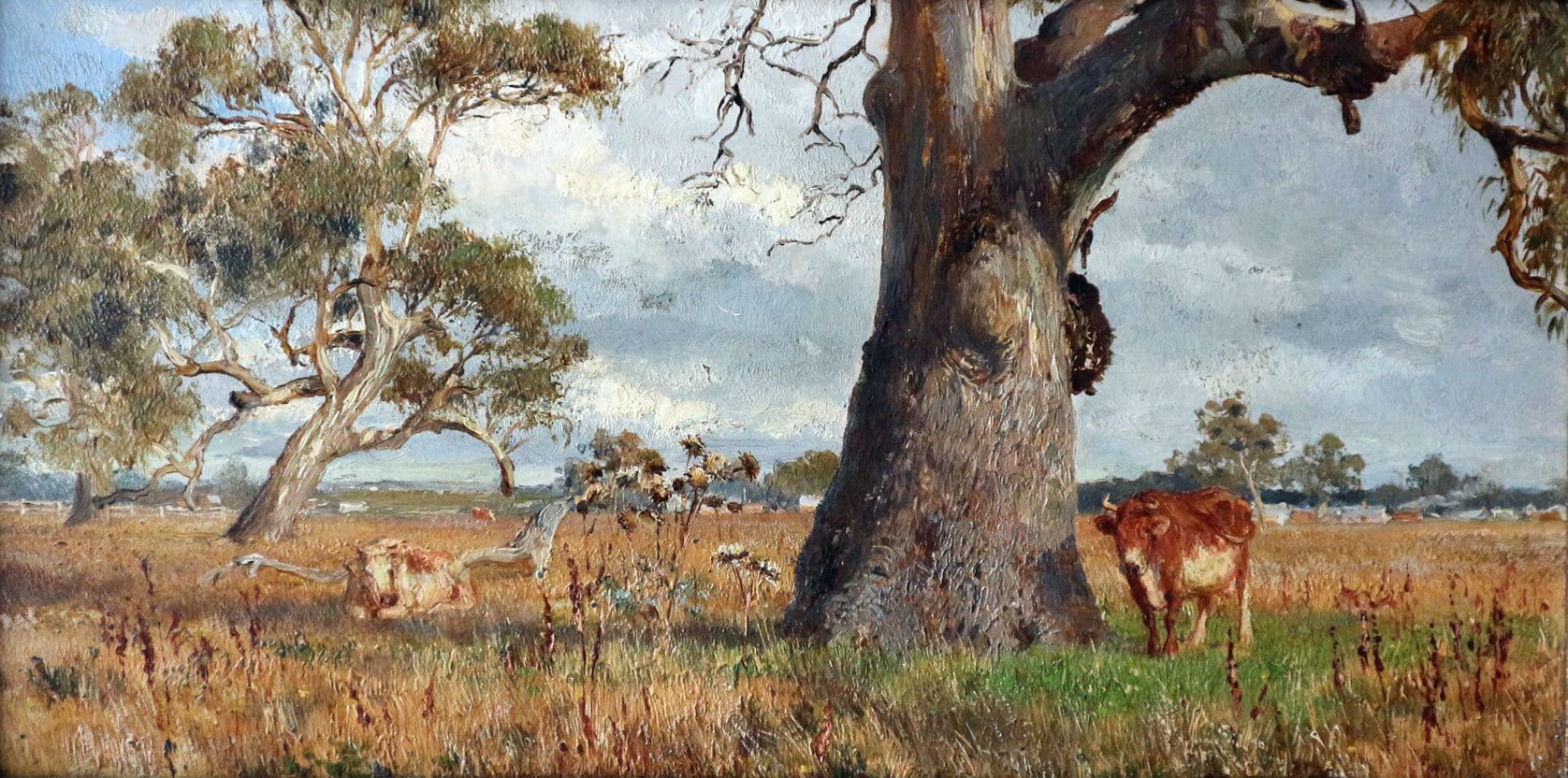 Jan Hendrik Scheltema sent this painting to his family in Gouda to explain what the Australian landscape looks like.
Jan Hendrik Scheltema sent this painting to his family in Gouda to explain what the Australian landscape looks like.© Wikipedia
In Australian art history, Scheltema is considered an important artist. He gained a reputation as a masterly painter of pastoral scenes, particularly as a specialist of foreground livestock in the landscape. His landscape paintings are held in collections such as the Art Gallery of New South Wales, the Art Gallery of South Australia, the National Gallery of Victoria in Melbourne and the National Gallery of Australia in Canberra.
In the Netherlands, you will find portraits of Scheltema at the Amsterdam Museum and the Museum Het Valkhof in Nijmegen. The Rijksmuseum in Amsterdam holds an etching by him.
Recent discoveries
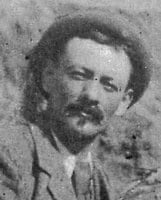 Jan Hendrik Scheltema (1861-1941)
Jan Hendrik Scheltema (1861-1941)© Biografisch portaal van Nederland
In early 2019, over eight hundred pages of handwritten letters Scheltema wrote from Australia back home to his family came to light in The Netherlands. These letters are now in the State Library of Victoria.
Also discovered in 2019 were several of his paintings kept by his Dutch family and their descendants. These were recently gifted to the Gippsland Art Gallery in Sale, Victoria.
The Gippsland Art Gallery decided to organise an exhibition of these works. Due to the Covid-19 crisis, the exhibition ‘The Lost Impressionist’ was only available online with a virtual 360 tour. Since 1 June you can admire Scheltema’s paintings live again.
Jan Hendrik Scheltema, The Lost Impressionist, until 9 August 2020 at Gippsland Art Gallery.


